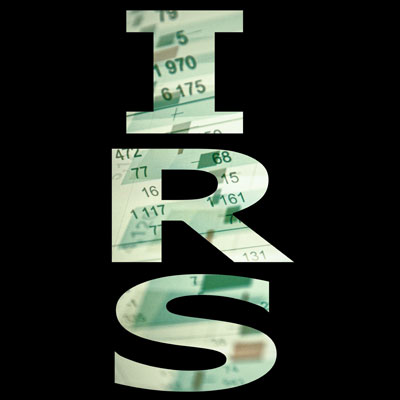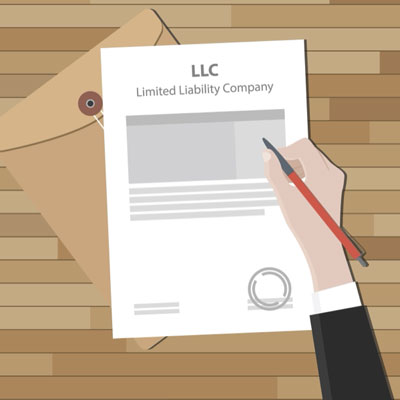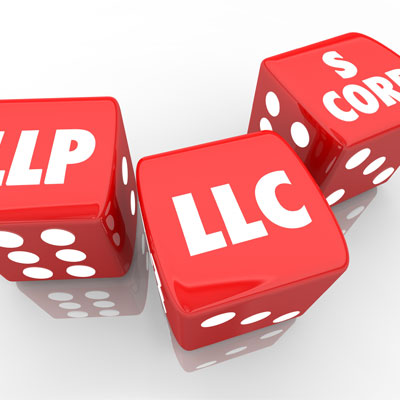The United States Court of Appeals for the Sixth Circuit in Summa Holdings Inc v. Commissioner, has validated a creative use of an IC-DISC in conjunction with a Roth-IRA to achieve lower overall taxes and tax-free investment growth.
The Taxpayer in Summa owned an exporting company. The Taxpayer set up an IC-DISC owned by a simple holding company. The owner of the holding company was a ROTH IRA set up by the Taxpayer.
The exporting company transferred 50% of its export income to the IC-DISC as a deductible commission payment. The IC-DISC is a tax-exempt entity, so the

IC-DISC incurred no tax liability with respect to such commission payment. The IC-DISC eventually paid those funds out to the holding company as a dividend. The holding company paid unrelated business income tax on the amount received under IRC section 995(g), and then distributed the remaining funds to the Roth-IRA. The amount paid into the Roth-IRA was then able to appreciate in value tax-free under IRC section 408(e). Eventually such appreciated amounts were withdrawn from the Roth-IRA by the Taxpayer tax-free.
This technique did not permit the Taxpayer to avoid tax altogether. The holding company paid unrelated business income tax at the highest corporate rate. But this technique did permit the Taxpayer to avoid the Roth-IRA contribution limits. The annual contribution limit is $6,000 for 2020. Using this technique, the Taxpayer in Summa contributed in excess of $5,000,000 to the Roth-IRA over a number of years, well in excess of the applicable annual contribution limits.
The IRS raised several issues based on its authority to reallocate income and recast transactions under IRC section 482, as well its authority under existing case law based on the “substance over form” doctrine, “sham transaction” doctrine, and “economic substance” doctrine. The Court rejected all of these notions and found that the Taxpayer did exactly what the Internal Revenue Code authorized him to do. The legislature created IC-DISCs specifically to encourage taxpayers to increase export sales by lowering taxes on export income. The legislature also created the Roth-IRA as a way to encourage taxpayers to fund and grow their retirement assets. The Court found that the Taxpayer did exactly what the legislation permitted. And if avoiding the Roth-IRA contribution limits was an unintended consequence, then it was up to the legislature, not the IRS, to fix it.
Please contact one of our tax attorneys at 937-223-1130 or Jsenney@pselaw.com if you would like to discuss how to use an IC-DISC and your Roth-IRA to reduce overall income tax and grow your retirement assets.










